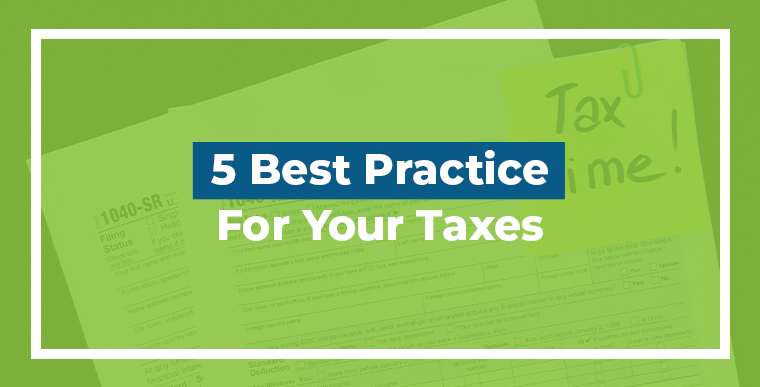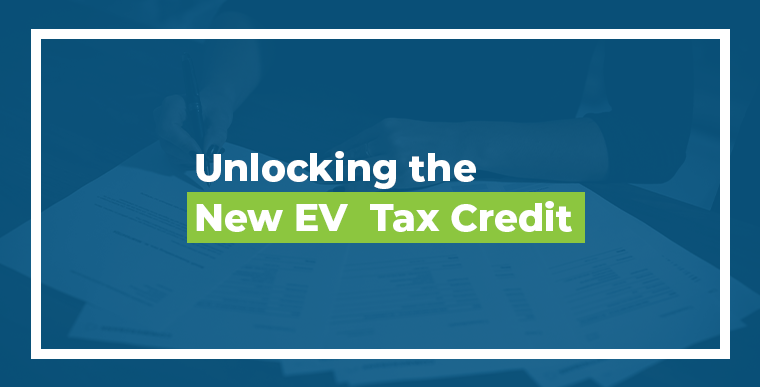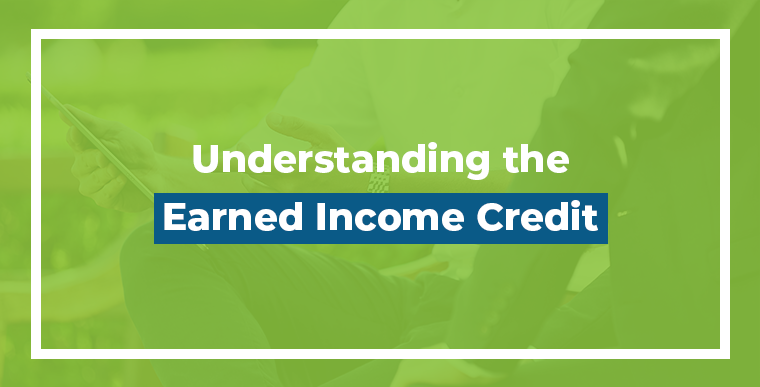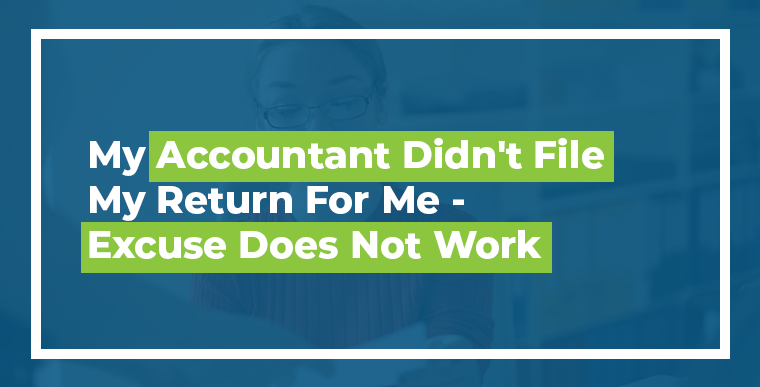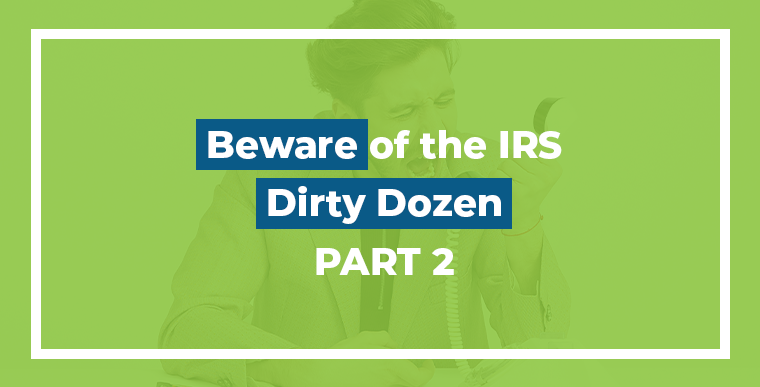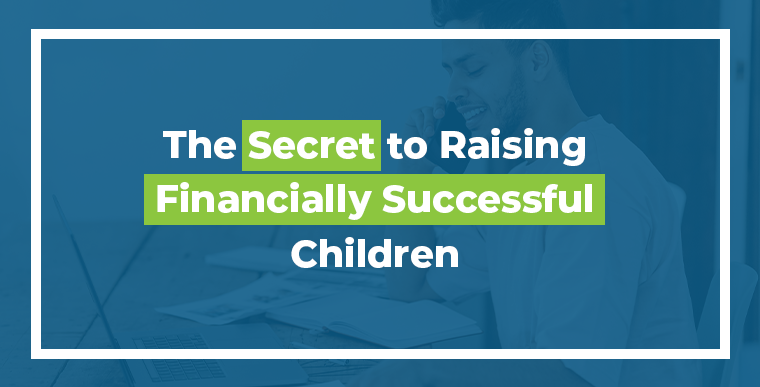You may not know this interesting fact about me, I am a Paramedic in Rockland County, NY. Many of my first responder clients owe a decent amount of taxes at tax time and often get hit with an underpayment penalty. One of the most frequently asked questions when that happens is: How can I avoid paying this penalty next year?
2024 will carry the highest underpayment penalty in over 16 years. While this penalty is one of the smaller penalties in the IRS arsenal, it is also one of the easiest to avoid and keep more of your hard-earned dollars in your own pocket.
To understand the underpayment penalty, we must first understand how our tax system works. We are a pay-as-you-go tax system. What that means is that technically every time you earn $1 you must pay the tax on that $1. However, that would simply be impossible to control and too burdensome on the taxpayer to implement. So, the IRS established two parallel payment systems to collect money as it is earned.
For taxpayers in a employed position receiving a paycheck and a W2 at year-end, employers are tasked with collecting the taxes as the employee is paid. This is why you will see all kinds of withholdings from your paycheck that reduces how much you actually receive. FICA (Social Security and Medicare), Federal Income and State Income Taxes are the bulk of these withholdings. The employer calculates your probable tax liability by having you fill out a W4 where you share information such as your filing status (Married, Single, Head of Household), your dependents and other credits as well as whether this is your only income. The employer then uses tax tables to calculate your taxes to withhold. We will discuss more about the pitfalls of this in a moment.
There are a few other payments that you may be given the option to have taxes withheld from and they include cashing in a bond and withdrawals from a retirement account among other large payments or withdrawals from various account types.
The second parallel payment method is the Quarterly Estimated Tax Payment. This method is primarily intended for individuals who are self-employed but is a great method for anybody who expects a lot of income from sources that do not withhold income taxes. With this method, you estimate your tax liability 4 times each year and you make an estimated tax payment. As long as this payment is made before the due date for the quarter, it will be considered a timely tax payment for the income from the entire quarter. This method also contains its’ challenges which we will discuss shortly.
Let’s get back to my first responder friends. Why, if all their income was earned on a W2, do they notoriously owe money at tax time and also incur penalties for under-withholding? The answer is that many of them hold multiple jobs, sometimes 3 or more jobs. The way the tax tables work, your employer assumes your annual income to be the amount you earn at that job. So if you earn $60k at job 1 and $20k at job 2 and $15k at job 3, job 1 will withhold the taxes on $60k of income and jobs 2 and 3 will not withhold any income taxes because you wouldn’t owe income taxes on that amount of income even though you really earned $95k and the other 2 jobs should have had an even higher withholding rate than job 1.
So we now know who needs to proactively take steps to avoid the underpayment penalty. Any household where there are more than 2 employment paychecks coming in, any self-employed individual and any individual expecting significant income from a source that will not withhold taxes.
If you fall into any of these then there are 2 different problems to solve. First, how do you avoid paying unnecessary underpayment penalties? Second, how do you avoid having a large, unexpected tax bill when you file your tax return?
I am going to share 5 methods you can use to avoid the underpayment penalty. Only some of these methods will actually solve the second challenge of getting most of your tax bill paid before your file your tax return.
Method 1: Pay at least 100% of the previous year’s tax liability (110% if your adjusted gross income is over $150,000). This method is the easiest method to implement because your previous years’ tax liability is a known amount and you can make 4 equal payments to ensure this amount is covered. This method is not going to help you estimate the current year’s tax bill and therefore, you may need to save some money for tax time if it is a good year from an income perspective.
Method 2: Pay at least 90% of the current year’s tax liability. This and the next 2 methods are all going to address ways to be able to make this calculation. For this method, you need to calculate your income at the end of each quarter and project the same income for the remaining quarters. You then need to assume the appropriate FICA (not assessed on unearned income) and income tax liability. You will likely need to involve your tax professional to make this projection.
Method 3: Pay at least 90% of the current year’s tax liability using payroll withholdings. If you hold multiple jobs and your income stays similar year-to-year, you can ask your primary job to withhold an extra amount each payroll. For example, if you are consistently $5,000 short on tax withholding and you get paid bi-weekly (26 payments each year), you request an additional withholding of $192 on each paycheck. This request is made on the Form W4 in Step 4(c).
Method 4: Pay at least 90% of the current year’s tax liability through your own company’s payroll. This method is only relevant to self-employed individuals who’s business is a Corporation and therefore they are on payroll as an employee of the business. With this method, you pay yourself only one payroll at year-end. Since the year is essentially over, the income for the year is now known and you can accurately assess your tax liability. By having all of those taxes withheld from that payroll you avoid needing to time your payments 4 times per year as it is considered paid timely when withheld from payroll. There is a caveat to this method. If your reasonable compensation amount will not cover your payroll tax liability then you may still need to use Method 2 above.
Method 5: Use the IRS tax withholding estimator tool. The IRS has a great tool on their website to estimate your taxes. I really dislike this tool because it requires a lot of information to be input and a lot of assumptions to be made. It is useful for my multiple paycheck friends but not so helpful for my business clientele.
In summary, you should never be paying the underpayment penalty as it is fairly easy to avoid. If the methods above feel daunting to you, please contact my office and we can discuss how we provide personalized assistance with your unique tax situation.
